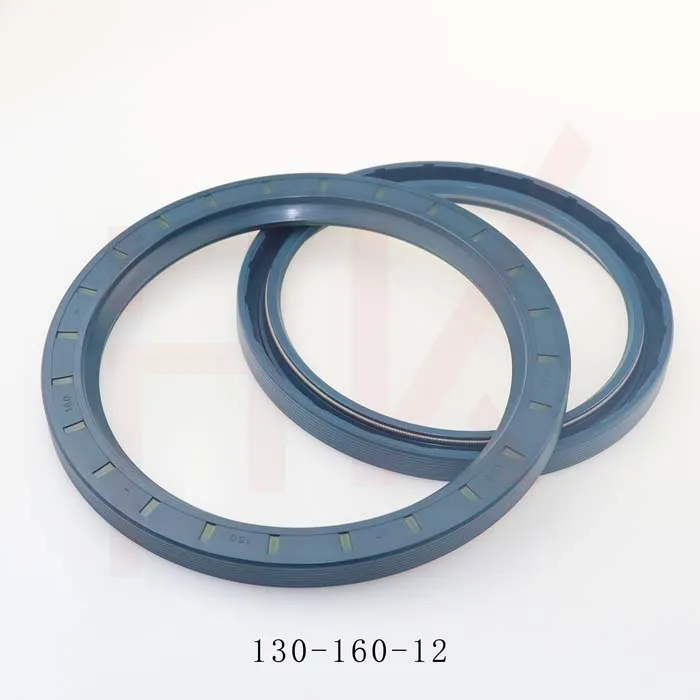Lis . 18, 2024 09:51 Back to list
Hub Bearing Seal Design and Maintenance for Enhanced Performance and Durability
Understanding Hub Bearing Seals Essential Components for Vehicle Performance
Hub bearing seals are critical components in the wheel hub assembly of vehicles, playing a vital role in ensuring the longevity and performance of wheel bearings. These seals not only protect the bearings from contaminants but also help retain lubricants, maintaining optimal operating conditions for smooth vehicle performance. In this article, we will explore the significance of hub bearing seals, their types, functioning, and considerations for maintenance.
The Role of Hub Bearing Seals
At its core, the hub bearing seal serves two primary functions it acts as a barrier against dust, dirt, moisture, and other contaminants that can compromise bearing integrity, and it retains the lubricant necessary for the bearing's operation. Proper function of these seals is crucial because the wheel bearing itself is subjected to extreme pressure, heat, and load during vehicle operation. Any contamination or loss of lubricant can lead to premature failure, which can be not just inconvenient but also costly and dangerous.
Types of Hub Bearing Seals
Hub bearing seals come in various designs, each suited for different applications and performance requirements
. The most common types include1. Contact Seals These seals maintain a tight seal directly against the bearing and are designed to withstand high-pressure scenarios. They are most effective in environments where exposure to contaminants is high.
2. Non-Contact Seals Unlike contact seals, these provide a gap, reducing friction and heat build-up. While they may offer less protection against contamination, they can be effective in applications where dirt and debris are less of a concern.
3. Lip Seals A popular choice in automotive applications, lip seals feature a flexible lip that presses against the shaft, keeping contaminants at bay while ensuring a proper seal under varying conditions.
4. Labyrinth Seals These utilize a series of grooves or paths to keep contaminants away from the bearing. They are often found in heavy-duty applications where robust protection is required.
hub bearing seal

How Hub Bearing Seals Function
Hub bearing seals work on the basic principle of creating a barrier that prevents external elements from entering while retaining the necessary lubricants inside. The seals are typically installed in a groove within the hub, fitting snugly around the bearing assembly. When the vehicle is in motion, the inertial forces help keep the seal engaged against the bearing, even under varying loads and speeds.
The materials used in seal manufacturing are also key to their performance. Most seals are made from synthetic rubber compounds that provide resilience against abrasion, heat, and chemical exposure. This durability is paramount, as the seals must withstand a wide range of environmental conditions, from extreme heat generated by brakes to moisture from rain or snow.
Maintenance and Considerations
While hub bearing seals are designed for durability, regular maintenance and inspection can significantly enhance their life span. Drivers should be vigilant about any signs of wear, such as increased noise, vibrations, or grease leakage, which may indicate a potential seal failure.
If a seal is found to be damaged, it’s essential to replace it promptly, along with the bearings themselves if they show signs of wear. Neglecting to address seal issues can lead to more extensive damage that impacts the entire wheel hub assembly, resulting in costly repairs.
Moreover, owners of vehicles or machinery experiencing heavy use should consider using high-performance seals designed for challenging conditions. Investing in superior quality seals can provide better resistance against extreme temperatures and contaminants, ultimately leading to enhanced vehicle performance and safety.
Conclusion
In conclusion, hub bearing seals might appear as simple components, but their functionality is paramount for the effective operation of wheel bearings. Understanding their types, how they work, and the importance of maintenance can help vehicle owners ensure safe and efficient driving. Regular checks and prompt replacements, when necessary, can make all the difference in avoiding larger issues, thus enhancing the overall lifespan and reliability of the vehicle. As vehicles continue to evolve with advanced technologies, so too should our awareness and understanding of these essential components.
-
TCN Oil Seal Metal Ring Reinforcement for Heavy Machinery
NewsJul.25,2025
-
Rotary Lip Seal Spring-Loaded Design for High-Speed Applications
NewsJul.25,2025
-
Hydraulic Cylinder Seals Polyurethane Material for High-Impact Jobs
NewsJul.25,2025
-
High Pressure Oil Seal Polyurethane Coating Wear Resistance
NewsJul.25,2025
-
Dust Proof Seal Double Lip Design for Construction Equipment
NewsJul.25,2025
-
Hub Seal Polyurethane Wear Resistance in Agricultural Vehicles
NewsJul.25,2025
-
The Trans-formative Journey of Wheel Hub Oil Seals
NewsJun.06,2025
Products categories
















